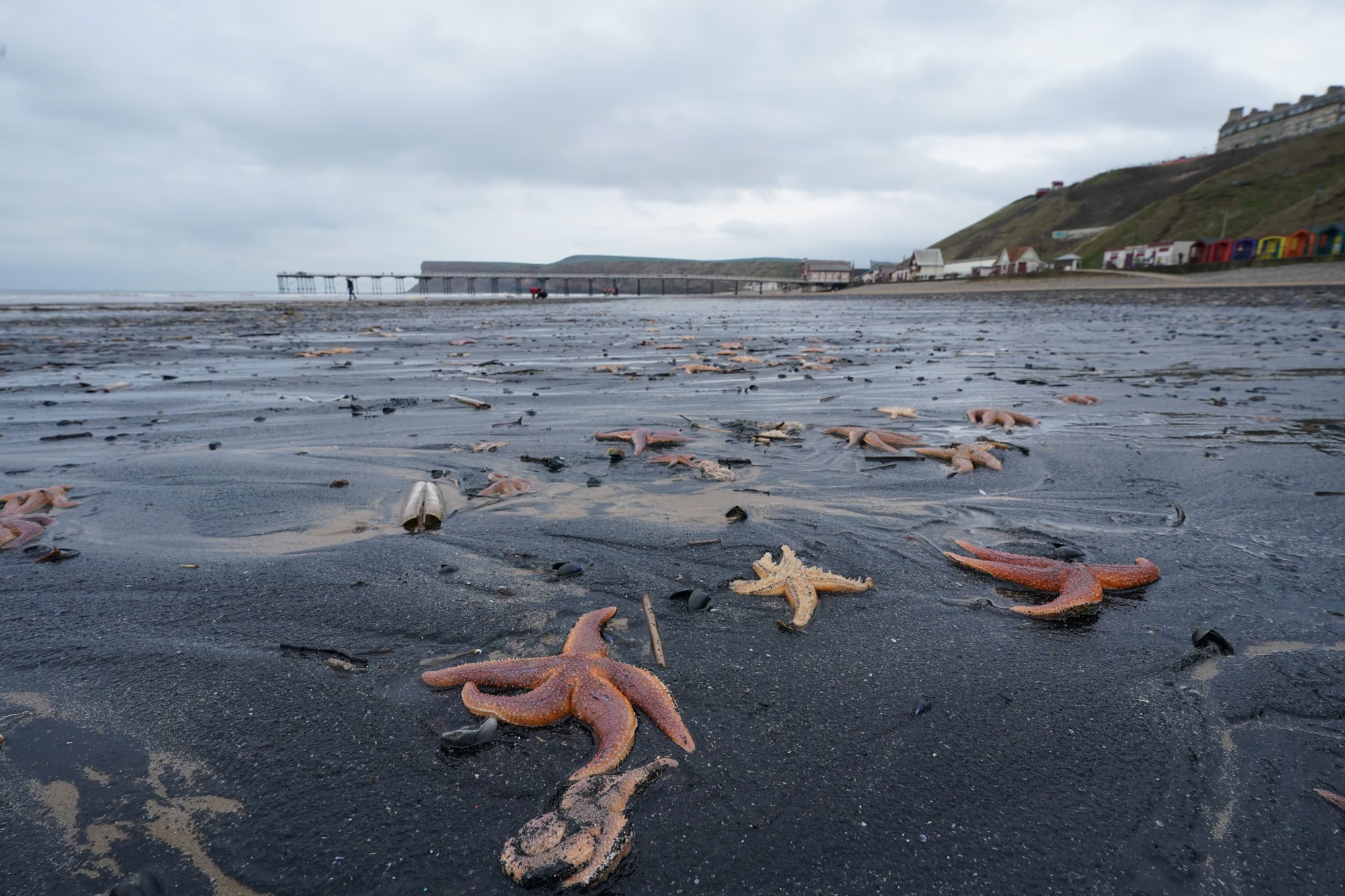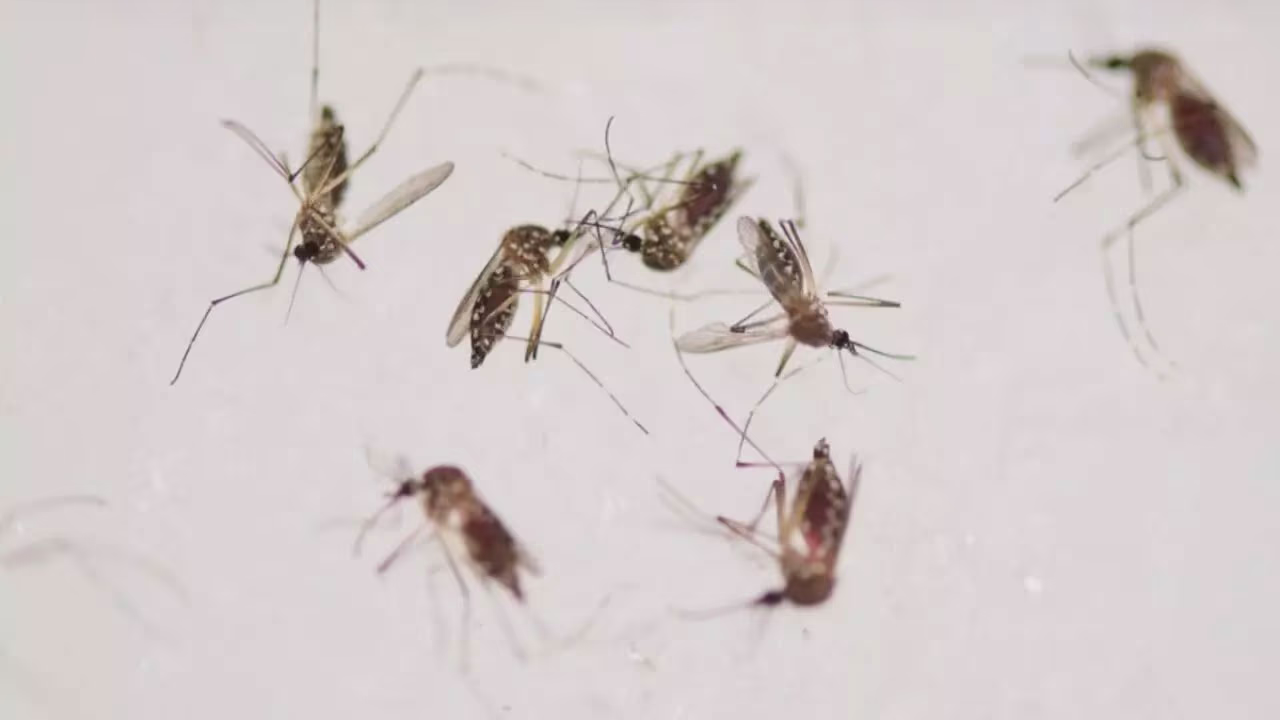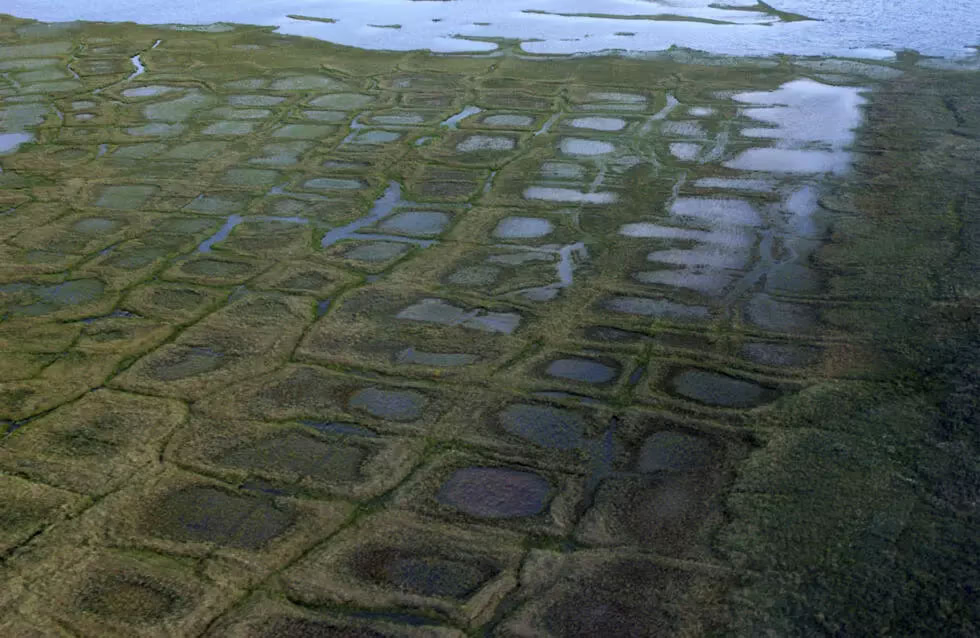Europe is facing extreme heat. On June 1, several cities in France were placed under an unprecedented level of alert. On June 30, temperatures in Spain reached 46 degrees Celsius, while in Turkey, where the heat sparked large-scale wildfires, more than 50,000 people were evacuated from five districts in Izmir Province.
While the heat is undeniably unusual, it no longer comes as a surprise. The scientific consensus is clear: climate change, driven by the sustained rise in greenhouse gas emissions, is the primary cause of the new reality the world is being forced to adapt to—whether it takes the form of extreme heat, floods, droughts, or deep freezes.
But while these changes pose new threats and restrictions for humans, for bacteria, viruses, and other pathogens, warming means expanding opportunity. As the climate shifts, diseases once confined to the tropics are beginning to move northward—into Europe. The geography of infectious diseases is being redrawn.
The Heat Ahead

Marine Heat as the New Normal
What’s Behind the Oceans’ Unprecedented Warming?

Melting Glaciers Threaten Large-Scale Consequences for the Planet
Why Can’t the World Afford to Lose Its Ice?
Infectious Diseases Are Moving North. Europe Is Becoming a New Risk Zone
“More than half of all infectious diseases humanity has encountered have, to some extent, been exacerbated or even amplified by climate-related factors,” says Dr. Aleksandra Kazmierczak, a climate and health expert at the European Environment Agency (EEA).
According to her, shifting climate conditions have made Europe more hospitable to diseases transmitted through water and by vectors such as insects. “We’re seeing both a geographical and seasonal shift: today’s climate is far better suited to pathogens. Disease seasons are getting longer—in some regions, for example, ticks are now active year-round.”
One of the fastest-spreading diseases in Europe is dengue fever. In 2024 alone, 304 cases were recorded—compared to just 275 over the entire previous 15 years.
The primary vector of dengue fever is the Asian tiger mosquito—Aedes albopictus. It is what’s known as a vector: a living organism capable of transmitting infectious pathogens from person to person or from animals to humans. With its distinctive black-and-white stripes, it resembles a zebra more than a tiger. In addition to dengue, this mosquito can also carry Zika and chikungunya viruses.

Aedes albopictus mosquito.
Until the late 1990s, Europe saw only isolated cases of diseases linked to the tiger mosquito. These were typically imported infections—travelers returning from Southeast Asia, where Aedes albopictus is native. But with the rise of globalization and international shipping, the mosquito’s own routes began to expand. It arrived in Europe with cargo—entering, for instance, through Albania—or established itself in the warmer regions of France, where it has remained ever since.
In 2006, France officially added dengue to its list of notifiable diseases. By 2022, cases had been reported in nearly every administrative department of mainland France. The tiger mosquito adapted quickly to urban environments, where it needs only a single source of standing water—such as a pond or a forgotten watering can—to reproduce.
The surge in cases has been so sharp that scientists increasingly warn diseases transmitted by Aedes albopictus could become endemic in Europe. Some researchers project that by 2060, outbreaks of dengue and chikungunya could be five times more frequent than they are today.
The tiger mosquito is known to carry a wide range of viruses and pathogens. Climate warming is also expanding the range of other vectors—ticks, mosquitoes, and flies—that transmit diseases such as West Nile fever, Lyme disease, and tick-borne encephalitis.
But unfortunately, the threat does not come from insects alone. Climate change is also increasing the risk of waterborne diseases. In recent years, Europe has faced more frequent heavy rains and devastating floods that overwhelm water purification and distribution systems. Contaminated water can pick up pathogens from landfills, farmland, and pastures and carry them into drinking supplies.
Kazmierczak also warns of a growing threat from the sea: “As the Arctic melts, salinity levels in seawater are decreasing, creating a favorable environment for Vibrio bacteria. These are being detected more frequently in the Baltic and North Seas. They can be transmitted through seafood or by entering open wounds during swimming.”
A Threat From the Past. Permafrost Could Awaken Ancient Viruses
Permafrost covers nearly 15% of the Northern Hemisphere, with large portions concentrated in Siberia, Alaska, and Greenland. As the name suggests, it consists of soil and rock layers that remain frozen for at least two consecutive years. Permafrost acts as a giant freezer of history: preserving mammoths, saber-toothed cats, and long-extinct plants in near-pristine condition.
Yet not everything trapped in this frozen vault is dead—some of it is merely dormant. In recent years, scientists have discovered numerous "zombie microbes" in the thawing permafrost, some of which have remained inactive for thousands of years.
Researchers warn that the next global health threat may not come from a new virus, but from an ancient disease to which modern humans have no immunity. In addition, the thawing permafrost could release radioactive materials and banned chemicals that were once buried as waste.

Permafrost forms a patterned landscape in the National Petroleum Reserve in Alaska.
That is exactly what happened in 2016, when an anthrax outbreak in Siberia killed more than 2,000 reindeer. Melting permafrost thawed the carcass of a reindeer that had died decades earlier, releasing spores of the disease that had lain dormant in the frozen layer. Dozens of local residents were hospitalized.
This threat—reminiscent of a science fiction plot—may be yet another consequence of global warming. However, as Aleksandra Kazmierczak points out, research in this area is still in its early stages, and the permafrost zones where such events could occur are largely sparsely populated.
The New Reality Has Arrived. Europe Must Learn to Live With Infectious Risk
The shifts in the geography of infectious disease are, to a large extent, already irreversible. Over the past decade, temperatures in Europe have risen by more than two degrees—and there is no sign of the trend slowing down.
Even so, Aleksandra Kazmierczak remains cautiously optimistic. Europe, she says, is still capable of adapting. “National health systems and public awareness will be critical. We already have examples from countries that have dealt with such diseases before—we can adapt their experience to European realities.”
“We believe that integrating nature into urban environments and homes could be one way to reduce our carbon footprint. But this also risks creating habitats for disease vectors. That’s why it’s essential to adapt with awareness.”
The Heat Ahead

Why Cloud Brightening Projects Face Public Pushback?
Climate Engineering Meant to Slow Global Warming Is Being Stalled Not by Technology—But by Mistrust From Local Communities

Less Ice, More Flowers
Antarctica is Warming Rapidly

